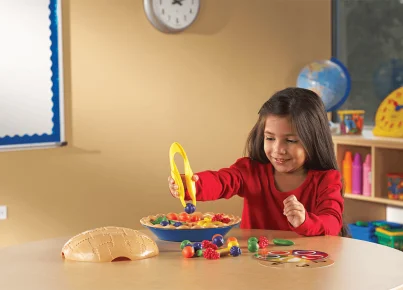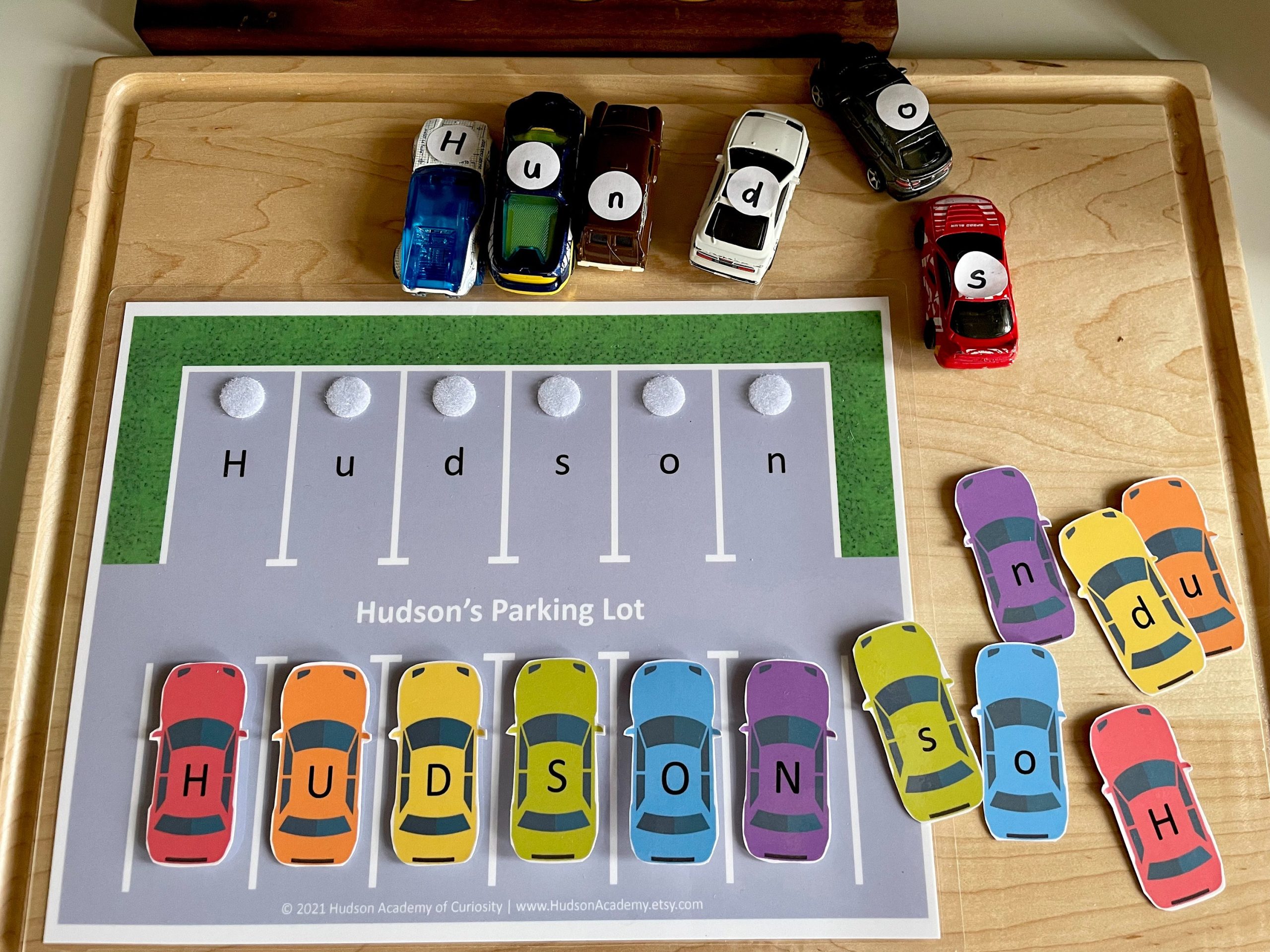As every educator knows, early childhood education (ECE) is a crucial period for developing the foundations of reading and literacy. By fostering a strong pre-reading foundation in these early years, children will be better equipped for success throughout their academic journey. Here are six easy ways to assess pre-reading skills in the ECE classroom:
1. Rhyme Recognition: Enhancing a child’s understanding of rhyming words and sounds can help them begin to recognize patterns in language. To assess rhyme recognition, present the students with pairs of words – some that rhyme and some that do not. Ask them to identify which words rhyme and if they can, provide additional rhyming words on their own.
2. Letter and Sound Identification: Familiarity with letter names and sounds is fundamental for reading development. Using flashcards or letter tiles, ask students to name or provide the sound of each letter. Keep track of their progress so you can support those who might be struggling or require extra practice.
3. Print Awareness: Understanding how books and print work is an important aspect of pre-reading. Encourage students to interact with books by asking them questions like, “What is the title?”, “Where is the front cover?”, or “What direction do we read in?”. Observing students during storytime can also give insight into their print awareness.
4. Phonemic Awareness: The ability to manipulate and identify individual sounds within words is essential for reading readiness. Assess phonemic awareness by asking students to identify the first or last sound in a given word. Alternatively, have them segment a simple word (e.g., cat) into its individual sounds (c-a-t).
5. Sight Word Recognition: Familiarity with common sight words can foster reading fluency in later years. Therefore, testing students’ proficiency with sight words can be a helpful assessment tool. Provide a list of age-appropriate sight words for students to recognize and read aloud.
6. Storytelling and Comprehension: Listening and comprehension skills are crucial for reading success. Engage students in storytime activities where they can listen to stories, and then ask questions about the story’s plot, characters, or setting to gauge their comprehension. Also, encourage them to create their own stories to assess their grasp of narrative structure.
Utilizing these six methods will provide a well-rounded view of a student’s pre-reading abilities and help shape effective, tailored instruction in the ECE classroom. Remember that early intervention is key; by addressing any challenges or areas for growth in pre-reading skills, you will set your students on the path to a successful reading journey.




